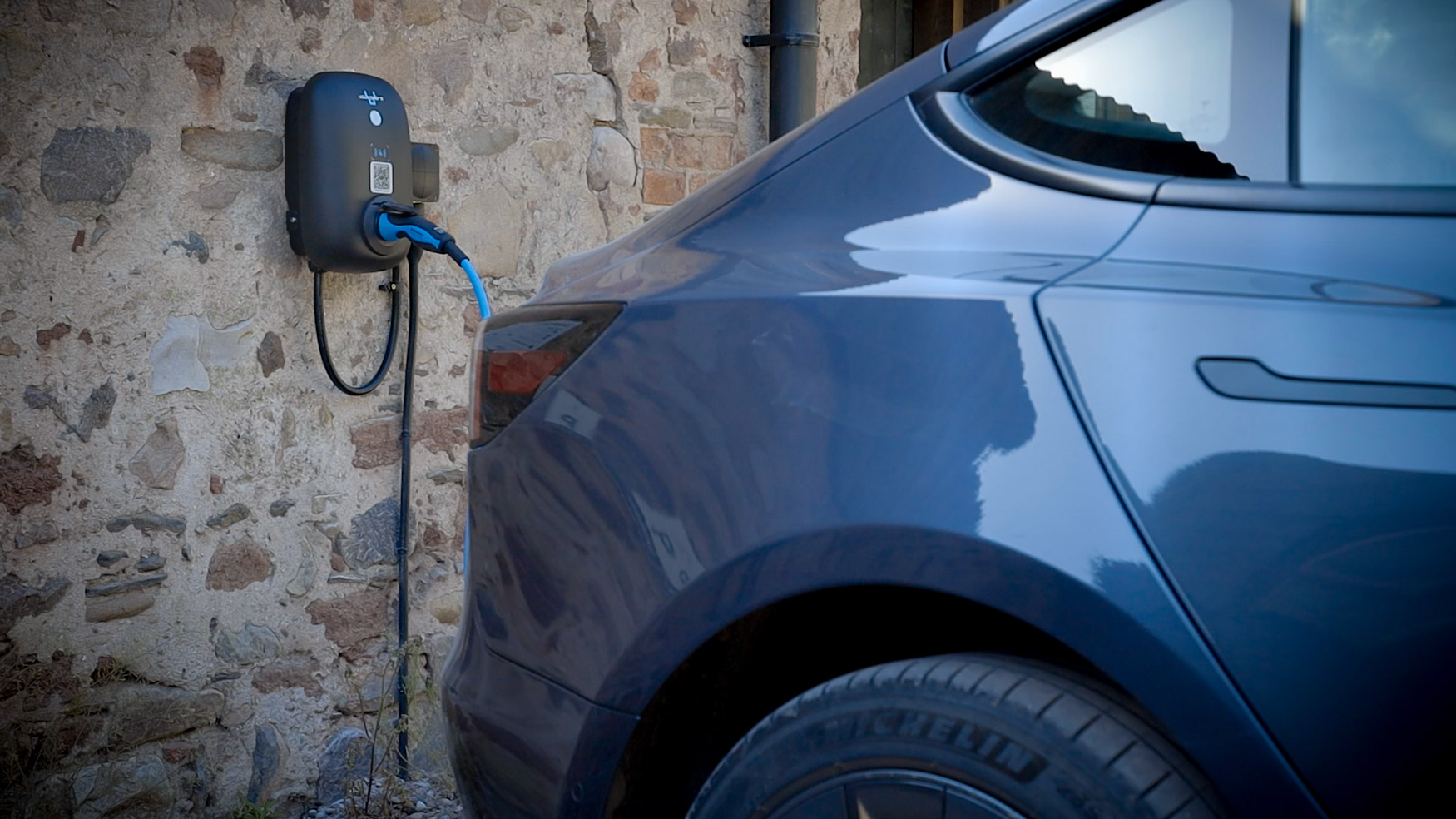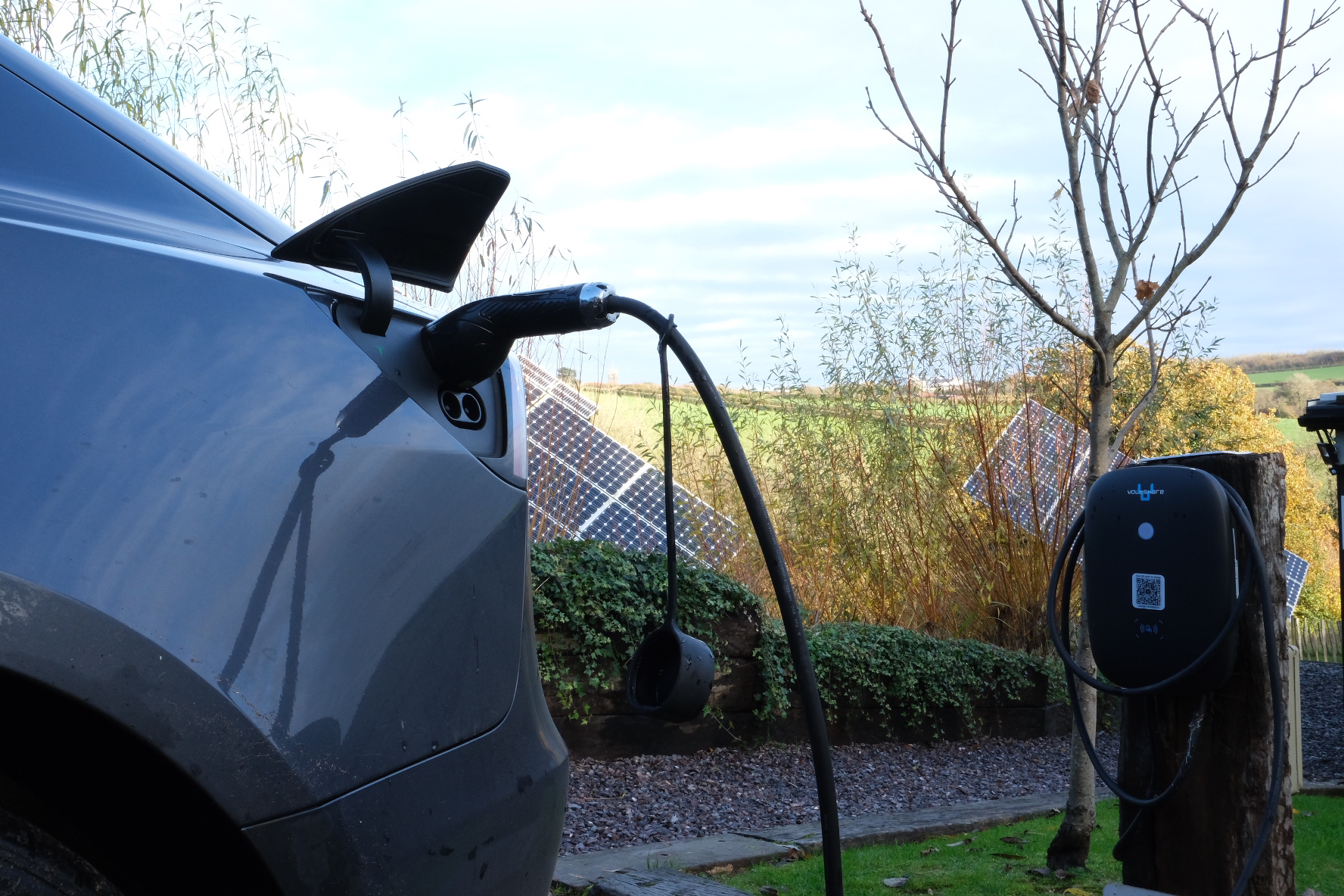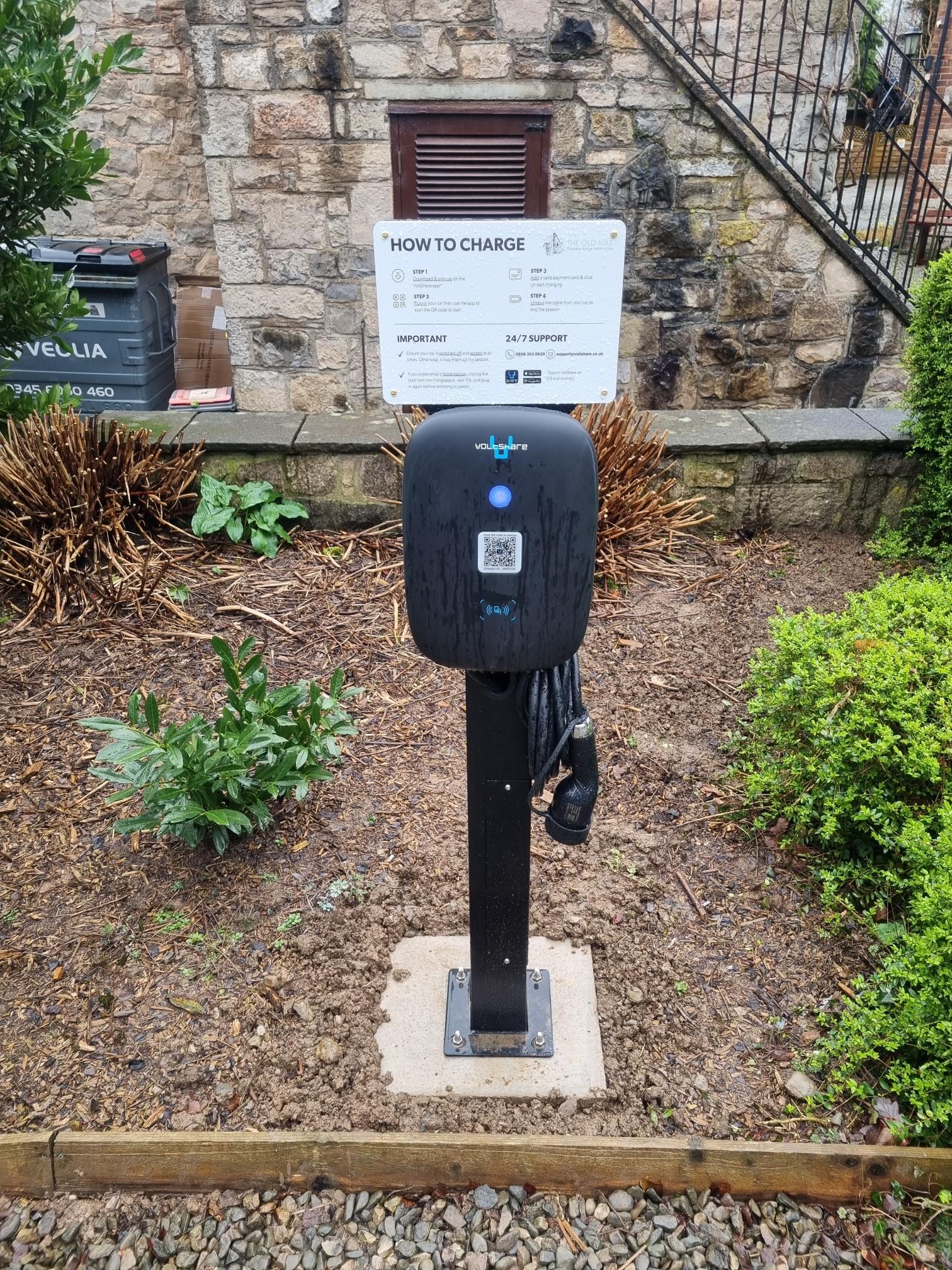Learn why UK businesses are choosing untethered EV charging stations to reduce maintenance costs, prevent cable damage, and accommodate all electric vehicle types.

Learn how to plan, install, and future-proof EV chargers for your UK car park, covering everything from site assessments and power supply checks to choosing the right installer and charger type.

Electric vehicle ownership is surging across the UK, and that means car parks need accessible charging, and quickly. Property managers and business owners are scrambling to retrofit old spaces, while new builds face pressure to add charging capabilities from the outset. Just last month, 777 new charging devices were added to the public Zapmap database.
Getting EV chargers installed isn’t just about plugging things in. You’ll need to check your electrical capacity, plan out the space, and make sure you’re following all the latest regulations, before anyone even picks up a drill. Thankfully, the entire process is mostly carried out by your appointed EV Charging installer and ropes in everyone from engineers to local authorities, but it's always prudent to know what's going on behind the scenes!
If you want to avoid expensive mistakes and ensure your drivers can access the chargers easily, you’ll need a systematic approach. This guide breaks down the essentials: from checking your site to ongoing upkeep, you’ll get a framework to turn your car park into a future-proof charging hub.
Before getting a quote, your appointed EV Charger installer will assess three big things: how much space you have, the state of your parking lot infrastructure, and what kind of chargers you actually need. These factors drive costs, user experience, and how well things run over time.
Pick contractors who know commercial EV charging inside out. It’s about more than just safety, it’s about warranties and performance too.
Look for:
A simple single charger install with a short cable run often takes half a day, but bigger projects need more time. Get detailed quotes covering upgrades, civil works, and future maintenance. Always check references from similar commercial jobs.
Where you put chargers affects both your budget and how easy they are to use. EV charger installation requirements set minimum distances for safety and accessibility.
In general, spaces for EV charging should comply with PAS 1899:2022 Electric Vehicles Accessible Charging. Each bay should be at least 2.4 metres wide. Most electric cars are 4.2 to 5.2 metres long, so aim for 5.5 metres in depth per bay.
Key spacing details:
Wall-mounted units are usually best for perimeter spaces, while free-standing chargers work in the middle (but need proper foundations and impact protection). It's crucial to ensure the height of the charging socket is accessible by everyone.
Your current electrical setup will make or break your plans. Some car parks need upgrades to power several chargers at once. Our data shows that charging revenue is roughly equivalent across site type and will be split evenly across each site's chargers, whether you have one or many - so don't worry if you're a small venue with limited space. You can still make a good income from guest charging.
Power supply checklist:
Ground conditions also matter. Tarmac needs core drilling for cables, while concrete may call for surface-mounted protection. Professional installs usually take 2-3 hours per unit once prep is done.
Picking the right chargers is a balancing act between what users want and what your supply can handle. You’ll generally choose from three types:
Single phase fast chargers (7kW): Good for overnight parking. Adds 15-20 miles per hour. Runs on single-phase, so cheaper to install.
Three phase fast chargers (22kW): 22kW units add 60-80 miles per hour but need three-phase power.
Rapid chargers (50kW+): For quick top-ups. Usually needs dedicated three-phase connections and beefed-up infrastructure.
Load management features help balance power across multiple units and avoid system overloads at busy times.
Look for these features:
If your electrical infrastructure isn’t planned right, your EV project could get expensive. Your installer will check your power capacity, talk to your network operator, and make an application to the DNO if necessary.
Start with a full electrical assessment of your property. Most commercial sites need a power audit to see what’s available for EV chargers.
What to check:
Not every charger will run flat out all the time, so load calculations factor in diversity. Still, most short-stay venues need three-phase power to power faster chargers for better user experience.
Your installer may involve your Distribution Network Operator (DNO) early on.
For DNO applications, you’ll need:
Your installer will apply as soon as you give them the go-ahead, as approvals can drag on for 2-3 months. Some areas might need grid upgrades, which isn’t quick (or cheap).
DNOs can point you to the best connection spots and may suggest ways to save on infrastructure. Once a new connection is installed, they'll provide you with an MPAN for an energy supplier of your choosing to install a meter.
